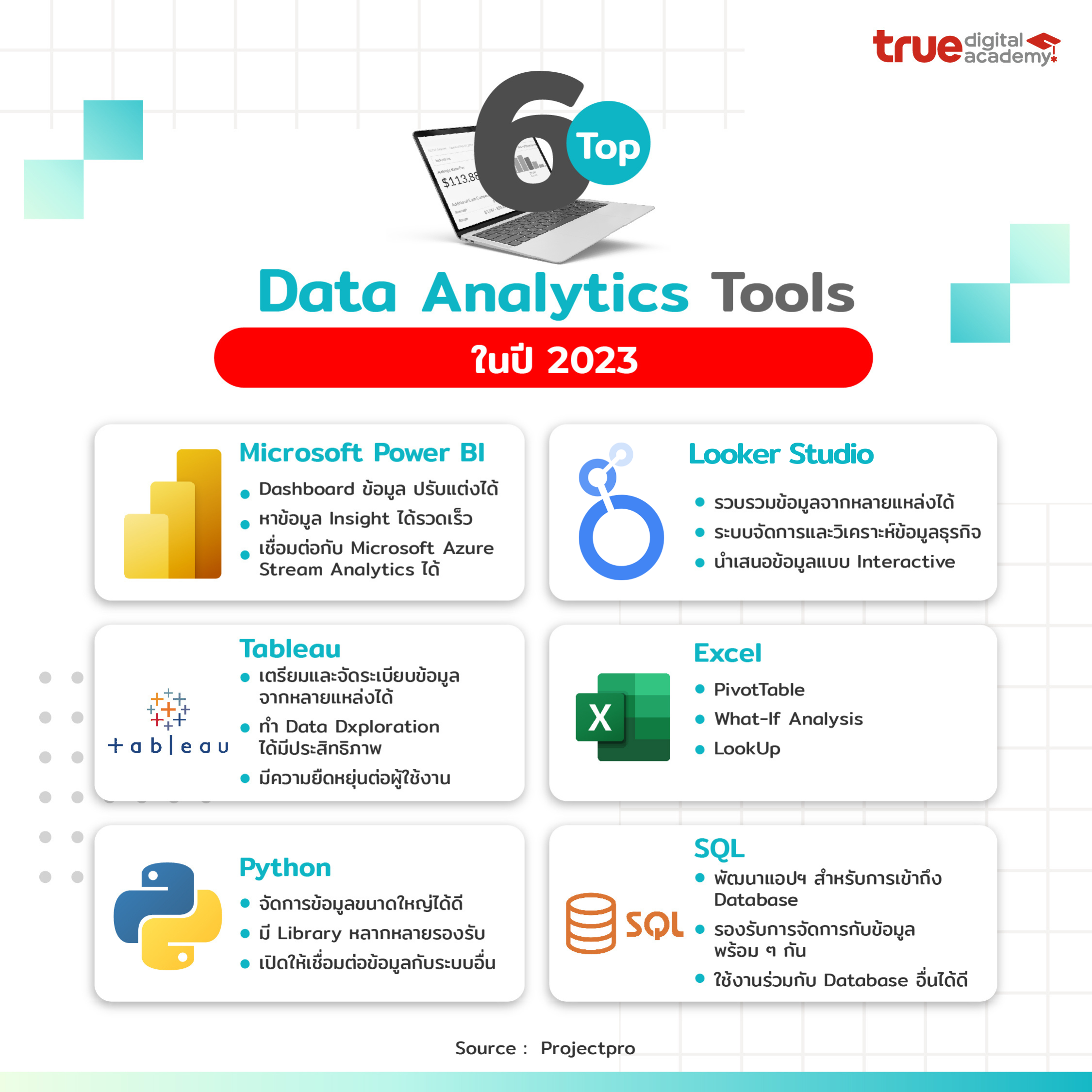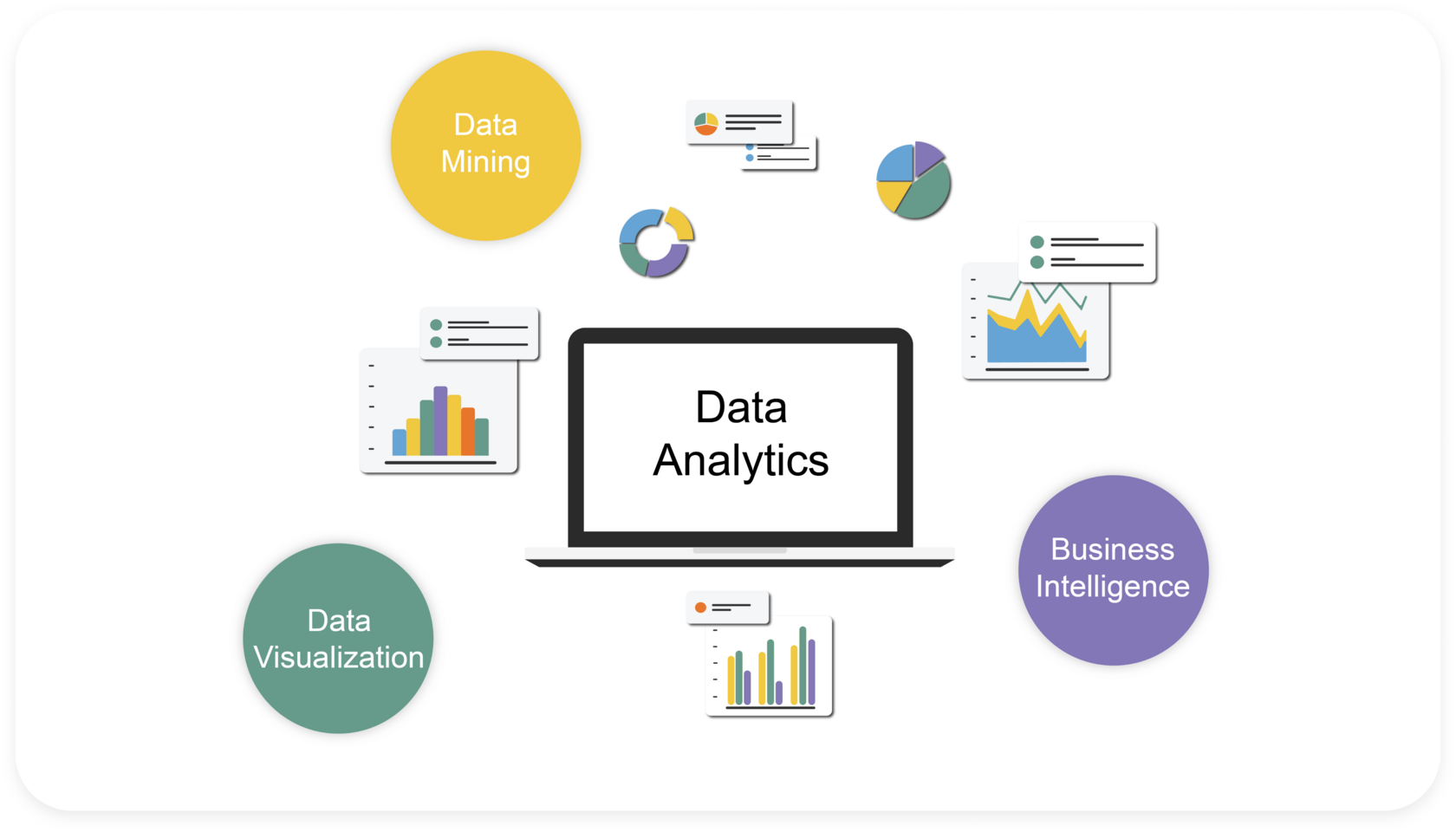Increase Decision-Making Power Via Reliable Analytics Tools
Increase Decision-Making Power Via Reliable Analytics Tools
Blog Article
Unlock Service Insights With Advanced Analytics Tools
In today's data-driven landscape, the ability to unlock service understandings via sophisticated analytics devices is ending up being progressively essential for organizations looking for an affordable edge. What are the key factors to consider that organizations must address to effectively harness these advanced analytics abilities?
Relevance of Advanced Analytics

In addition, the affordable landscape demands that organizations not only react to market adjustments but additionally anticipate them. Advanced analytics encourages organizations to recognize customer preferences, enhance functional effectiveness, and reduce threats effectively. By leveraging these devices, organizations can improve their decision-making processes and drive development.
On top of that, the integration of advanced analytics cultivates a society of constant renovation, where organizations can fine-tune their techniques based upon empirical evidence. As sectors such as financing, health care, and retail significantly depend on information to educate their procedures, the importance of innovative analytics will just continue to expand, making it a crucial element for sustained success in today's data-driven economic climate.
Key Features of Analytics Devices
Advanced analytics devices are defined by an array of necessary features that improve their efficiency in information evaluation and decision-making (Analytics). Among the essential attributes is information assimilation capability, which allows smooth aggregation of data from numerous sources, promoting extensive evaluation. This makes sure that services have a holistic view of their data landscape
Additionally, progressed analytics devices often include durable analytical and anticipating modeling capabilities. These features enable organizations to anticipate fads and identify patterns, bring about even more informed critical choices. Visualization devices are also essential, offering intuitive graphical representations of data, which simplify complicated details and make insights much more easily accessible to stakeholders.
An additional essential element is the incorporation of device understanding algorithms, which boost the ability to examine large datasets and discover hidden understandings without specific programs. Additionally, straightforward interfaces enable non-technical customers to utilize these devices efficiently, equalizing information gain access to across the organization.
Types of Advanced Analytics
While different sophisticated analytics methodologies exist, they can usually be categorized into a number of vital kinds that serve distinctive functions within companies.
Descriptive analytics concentrates on summing up historical data to identify patterns and patterns. It provides insights into what has happened in the past, allowing organizations to make informed decisions based upon empirical proof.
Predictive analytics, on the other hand, utilizes statistical algorithms and machine learning techniques to forecast future results based on historical information. This kind is especially valuable for risk analysis and need projecting, enabling organizations to plan for prospective difficulties and possibilities.
Prescriptive analytics goes a step additionally by recommending activities based on predictive insights. Analytics. It utilizes optimization and simulation techniques to recommend the very best strategy, ensuring that organizations can make data-driven choices with self-confidence
Execution Methods
Successful application approaches for sophisticated analytics are important for companies looking for to harness the full potential of their information. To start with, a clear roadmap must be established that lines up analytics initiatives with overall organization goals. This requires a deep understanding of business goals and the certain questions analytics can respond to.
Next, buying the best modern technology and tools is vital. Organizations needs to examine available systems for scalability, simplicity of usage, and combination capacities with existing systems. This ensures that data can be accumulated, processed, and evaluated efficiently.
Additionally, fostering a data-driven culture is important. Educating employees on analytics devices and techniques equips them to make use of insights properly in decision-making. Engaging stakeholders across divisions can help with buy-in and encourage cooperation, boosting the general success of analytics tasks.
Furthermore, organizations must focus on data top quality and administration. Implementing robust information administration techniques makes certain that the understandings generated are precise and trusted. Finally, continuous examination and model of analytics processes permit companies to adjust to transforming service demands and technical advancements, inevitably driving continual value from their analytics efforts.
Future Trends in Analytics
As companies execute durable analytics approaches, it is important to remain mindful of the evolving landscape of analytics technologies and methods. Future patterns in analytics are positioned to revolutionize just how businesses derive understandings, optimize operations, and drive decision-making.

Another fad is the increase of increased analytics, which automates information preparation and insight generation, minimizing the dependence on data experts. This democratization of analytics equips staff members whatsoever levels to take advantage of data in their roles.
Additionally, the change in the direction of real-time analytics will certainly make it possible for companies to react swiftly to market changes and consumer preferences, enhancing agility and competitiveness. As information personal privacy regulations come to be more rigorous, analytics services will certainly also require to prioritize ethical data use, ensuring compliance while maintaining robust understanding generation. Accepting these trends will be crucial for organizations seeking to preserve an one-upmanship in a significantly data-driven world.
Final Thought
In verdict, advanced analytics devices play an important function in transforming information into actionable insights, driving critical development and operational effectiveness throughout organizations. Their essential attributes, including predictive modeling and artificial intelligence, facilitate the discovery of concealed patterns and trends. Reliable implementation strategies make certain that these devices are incorporated into business procedures, while arising fads suggest a continued development in analytics capabilities. Ultimately, cultivating a data-driven culture stays vital for browsing the complexities of modern organization environments.
Advanced analytics includes a suite of strategies, consisting of anticipating modeling, equipment knowing, and information mining, which enable organizations to discover patterns, forecast patterns, and optimize procedures.
Effective application techniques for advanced analytics are important for companies seeking to harness the complete capacity of their data. Constant assessment and model of analytics procedures allow organizations to adapt to transforming company demands and technological developments, ultimately driving sustained worth from their analytics campaigns.
As data personal privacy guidelines come to be much more stringent, analytics services will certainly also require pop over here to prioritize moral information use, ensuring compliance while maintaining robust insight generation.In conclusion, progressed analytics devices Home Page play a crucial function in transforming information right into actionable understandings, driving calculated growth and operational effectiveness across organizations.
Report this page